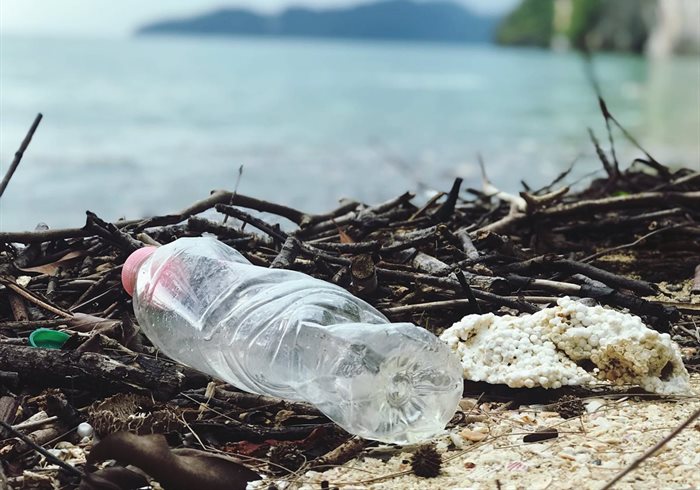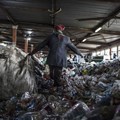Nations adopt historic resolution aimed at tackling plastic pollution

The resolution, titled End plastic pollution: Towards an international legally binding instrument, addresses the full lifecycle of plastic, including its production, design and disposal.
The resolution is based on three initial draft resolutions from various nations and establishes an Intergovernmental Negotiating Committee (INC), which will begin its work in 2022, with the ambition of completing a draft global legally binding agreement by the end of 2024.
It is expected to present a legally binding instrument, which would reflect diverse alternatives to address the full lifecycle of plastics, the design of reusable and recyclable products and materials and the need for enhanced international collaboration to facilitate access to technology, capacity building and scientific and technical cooperation.
This comes as plastic pollution is accumulating worldwide - on land and in the oceans. According to one widely cited estimate, by 2025, 100 million to 250 million metric tons of plastic waste could enter the ocean each year.
Another study commissioned by the World Economic Forum projects that without changes to current practices, there may be more plastic by weight than fish in the ocean by 2050.
A “triumph” over single-use plastics
The UN Environment Programme (Unep) will convene a forum by the end of 2022 that is open to all stakeholders in conjunction with the first session of the INC, to share knowledge and best practices in different parts of the world.
It will facilitate open discussions and ensure they are informed by science, reporting on progress throughout the next two years. Finally, upon completion of the INC’s work, Unep will convene a diplomatic conference to adopt its outcome and open it for signatures.
Inger Andersen, executive director of Unep, commented: “Today [2 March] marks a triumph by planet earth over single-use plastics. This is the most significant environmental multilateral deal since the Paris accord. It is an insurance policy for this generation and future ones, so they may live with plastic and not be doomed by it.
“Let it be clear that the INC’s mandate does not grant any stakeholder a two-year pause. In parallel to negotiations over an international binding agreement, Unep will work with any willing government and business across the value chain to shift away from single-use plastics, as well as to mobilise private finance and remove barriers to investments in research and in a new circular economy.”
















